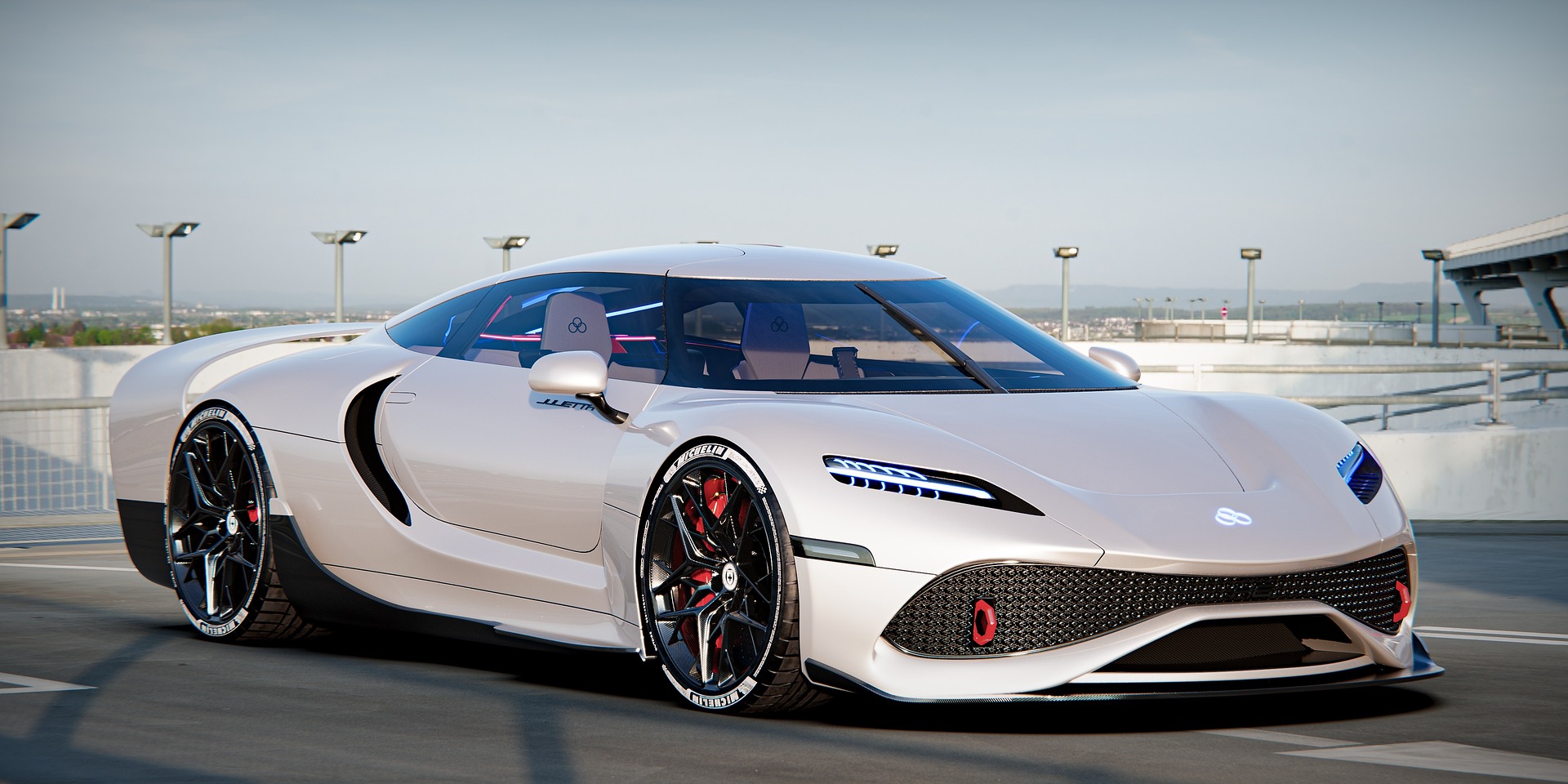Superleggera: The Art of Automotive Weight Reduction
Shedding pounds in the automotive world is an art form that goes beyond mere aesthetics. As a seasoned automotive journalist, I've witnessed firsthand the transformative power of weight reduction in cars. This isn't just about creating sleeker silhouettes; it's about revolutionizing performance, efficiency, and driving dynamics. Today, we'll dive deep into the world of superleggera – Italian for "super light" – and explore how this philosophy is shaping the future of automotive design and engineering.

The Science Behind Weight Reduction
At its core, superleggera is about maximizing the power-to-weight ratio. Newton’s Second Law of Motion tells us that force equals mass times acceleration. In automotive terms, this means that for a given amount of power, a lighter car will accelerate faster. But the benefits extend far beyond straight-line speed. Reduced weight improves handling, braking, and fuel efficiency. It’s a domino effect that touches every aspect of a vehicle’s performance.
Modern Interpretations of Superleggera
Today’s automotive engineers have taken the superleggera concept and run with it. Advanced materials like carbon fiber, titanium, and magnesium alloys are now commonplace in high-performance vehicles. These materials offer strength comparable to steel at a fraction of the weight. But it’s not just about exotic materials – it’s about smart design. Engineers are using computer modeling and 3D printing to create components that use less material while maintaining or even improving structural integrity.
The Challenges of Going Light
While the benefits of weight reduction are clear, the path to achieving it is fraught with challenges. Cost is a significant factor – exotic materials and advanced manufacturing techniques don’t come cheap. There’s also the issue of safety regulations. Cars need to meet stringent crash test standards, which often necessitate adding reinforcements that add weight. Balancing these competing demands requires incredible ingenuity from automotive engineers.
Superleggera Beyond Supercars
It’s easy to associate weight reduction with high-end sports cars, but the principles of superleggera are increasingly being applied across the automotive spectrum. Family sedans are incorporating aluminum body panels, while SUVs are using high-strength steels to reduce weight without compromising safety. Even commercial vehicles are getting in on the act, with lighter trucks translating to increased payload capacity and improved fuel economy.
The Future of Automotive Weight Reduction
As we look to the future, the quest for lighter vehicles shows no signs of slowing down. Researchers are exploring new frontiers in material science, including nanocomposites and metamaterials that could revolutionize automotive design. There’s also a growing focus on holistic weight reduction strategies that consider the entire lifecycle of a vehicle, from production to recycling.
In conclusion, the art of superleggera is more relevant today than ever before. As the automotive industry grapples with the demands of performance, efficiency, and sustainability, the principles of weight reduction offer a compelling solution. From the racetrack to the city street, lighter vehicles are shaping the future of mobility. As an automotive journalist, I’m excited to see how this field evolves, pushing the boundaries of what’s possible in automotive design and engineering. The journey towards ever-lighter vehicles is far from over – in fact, it’s just getting started.





